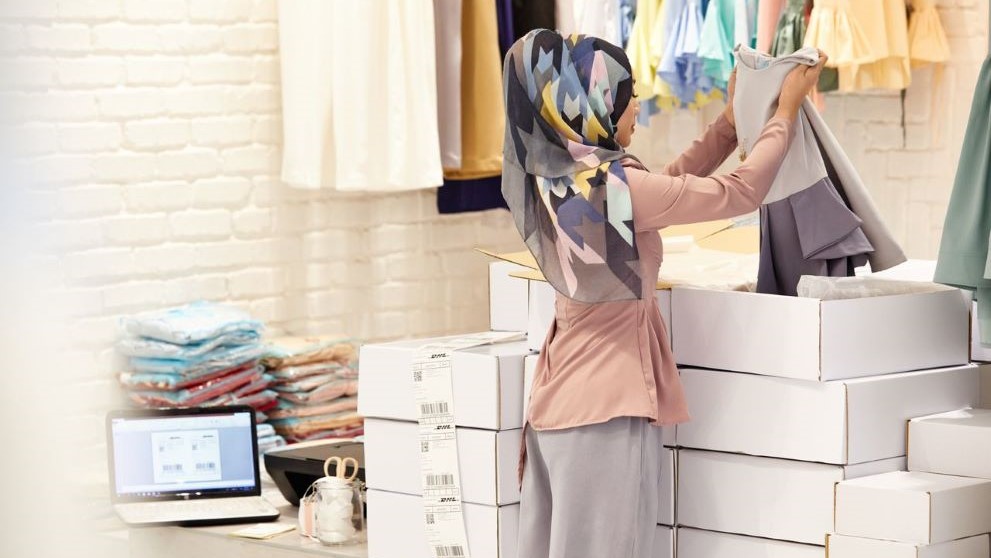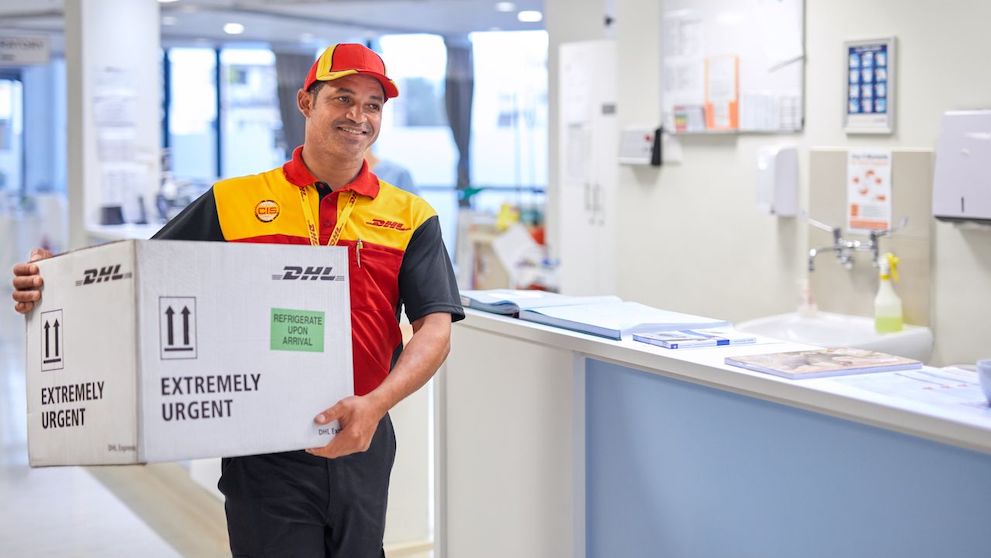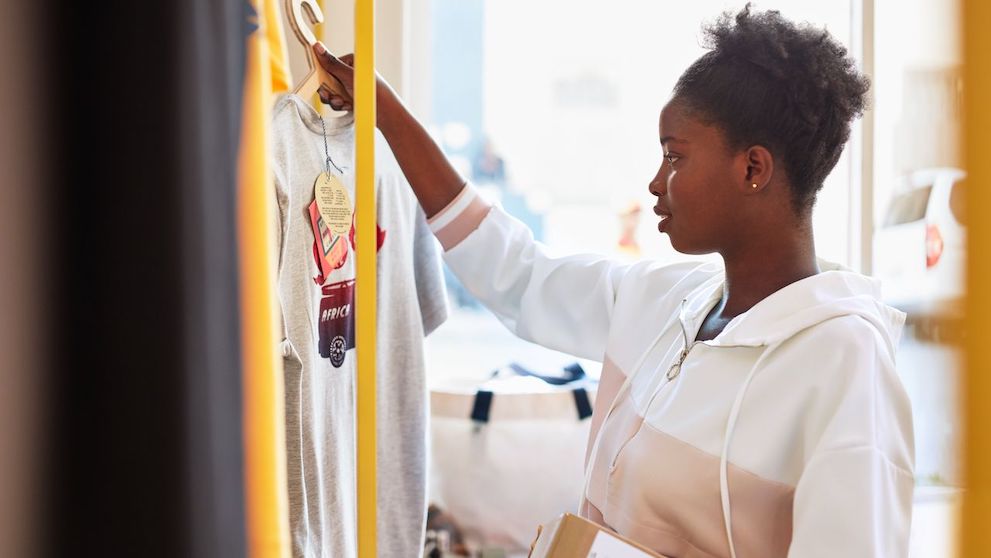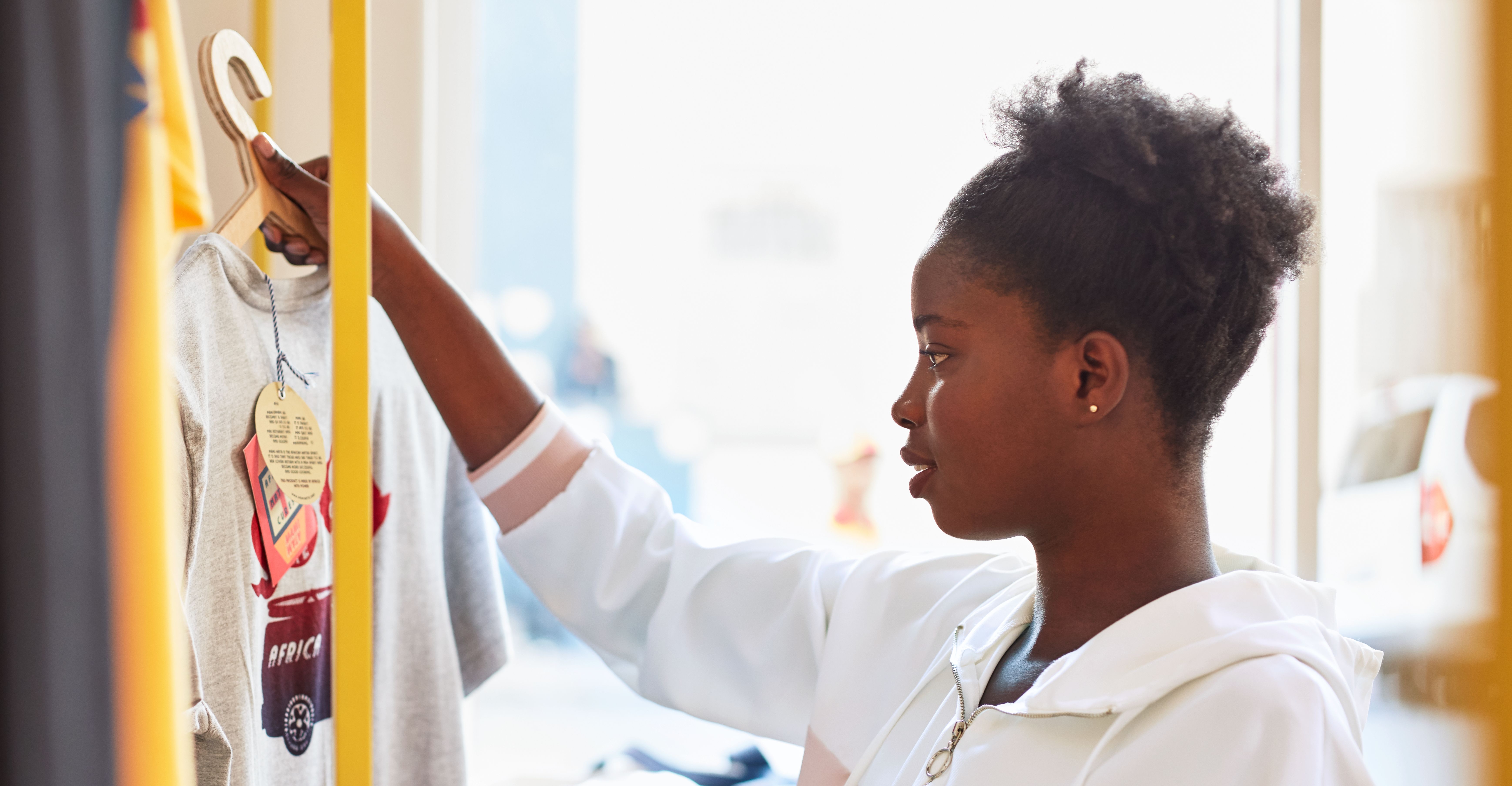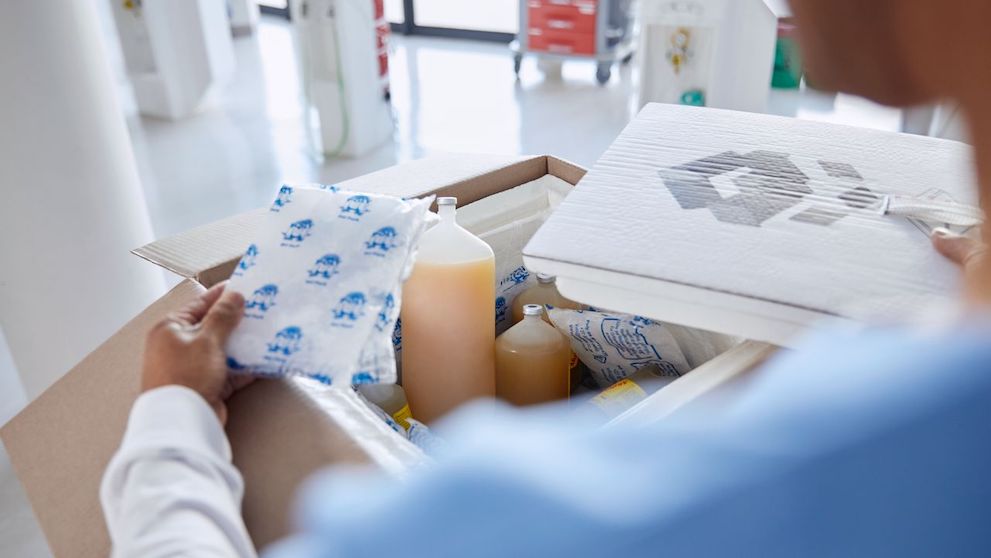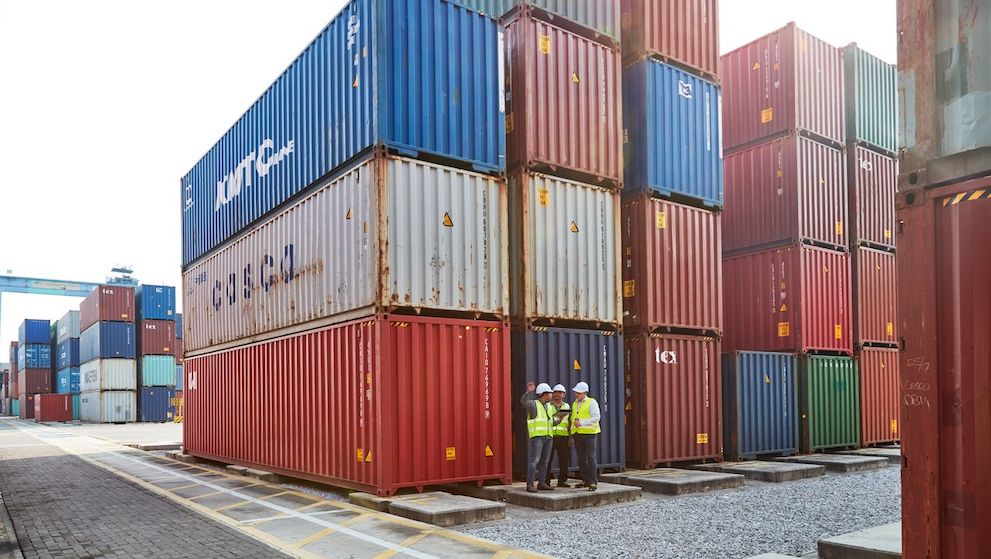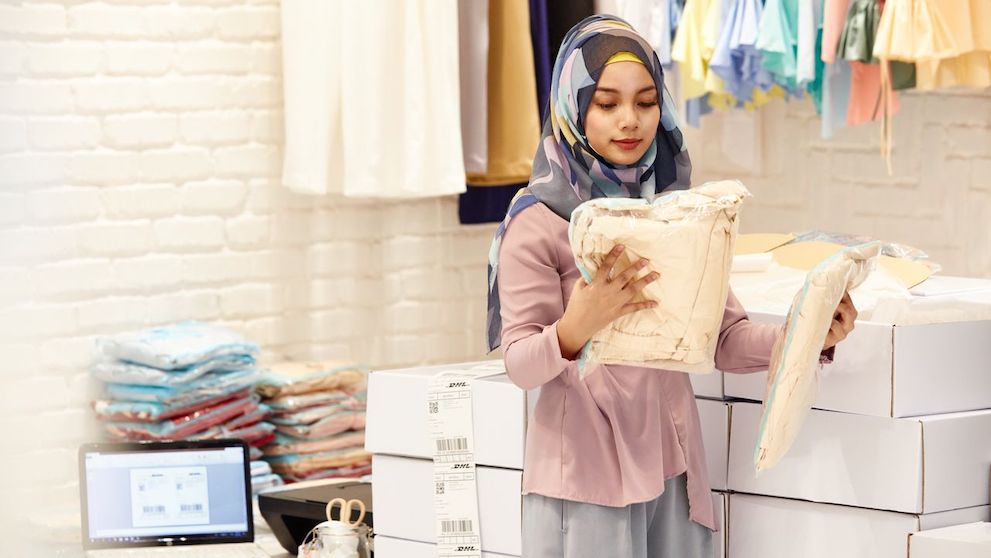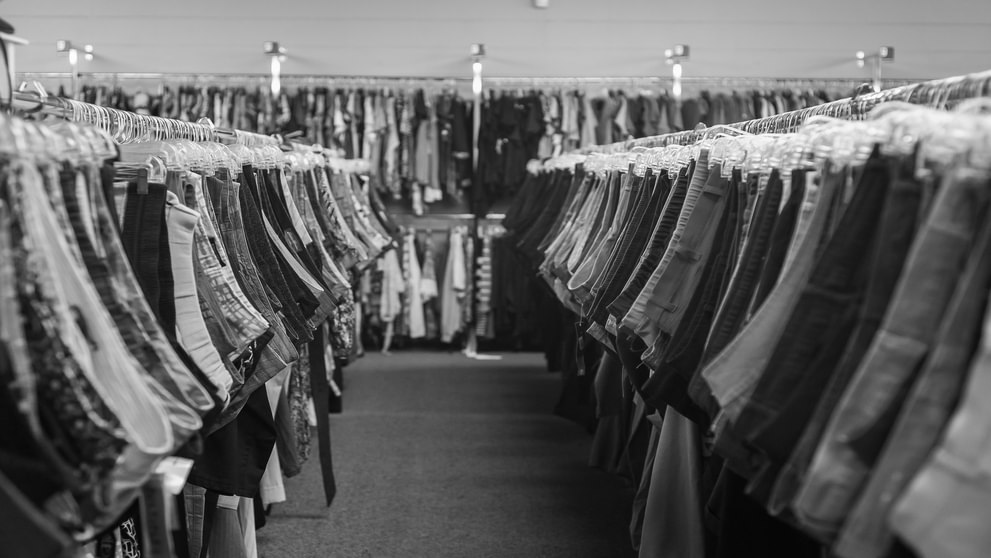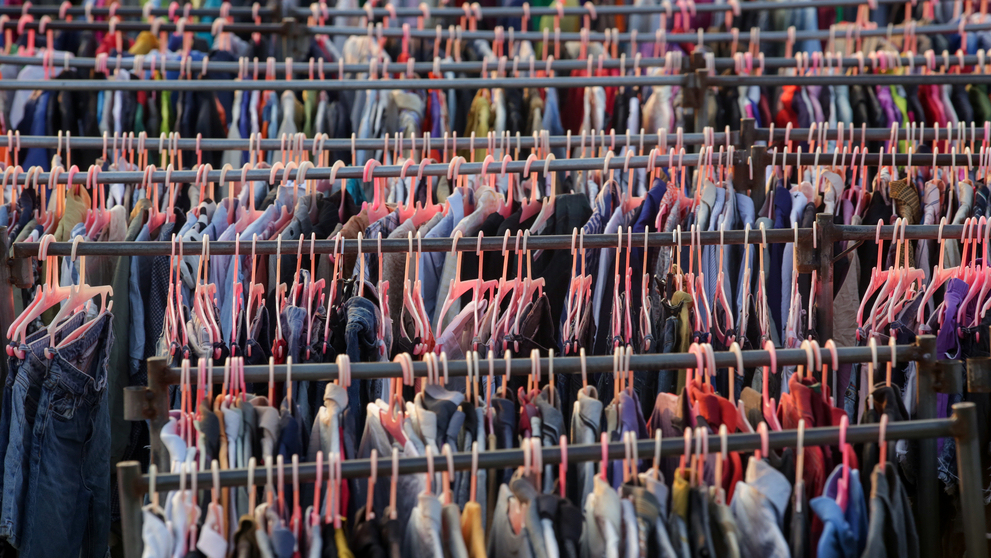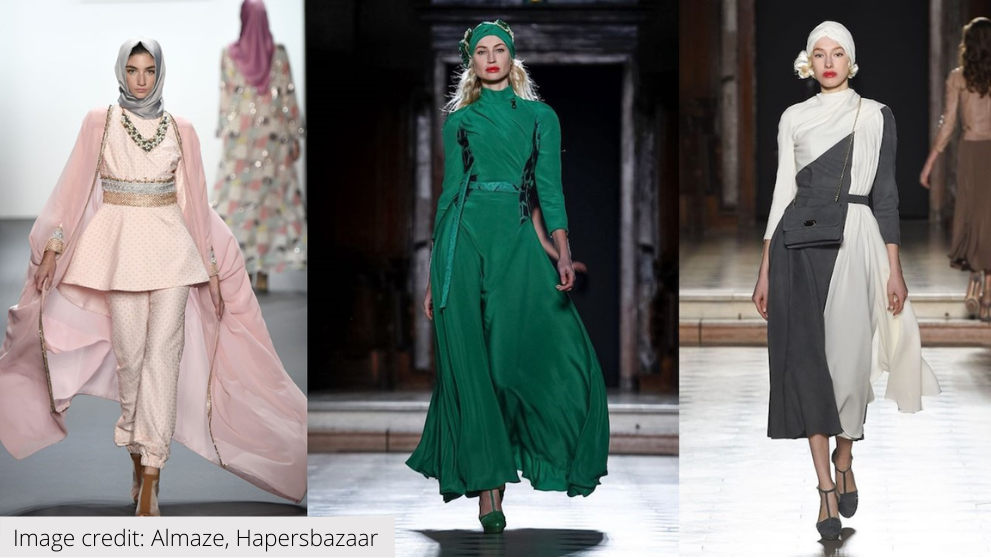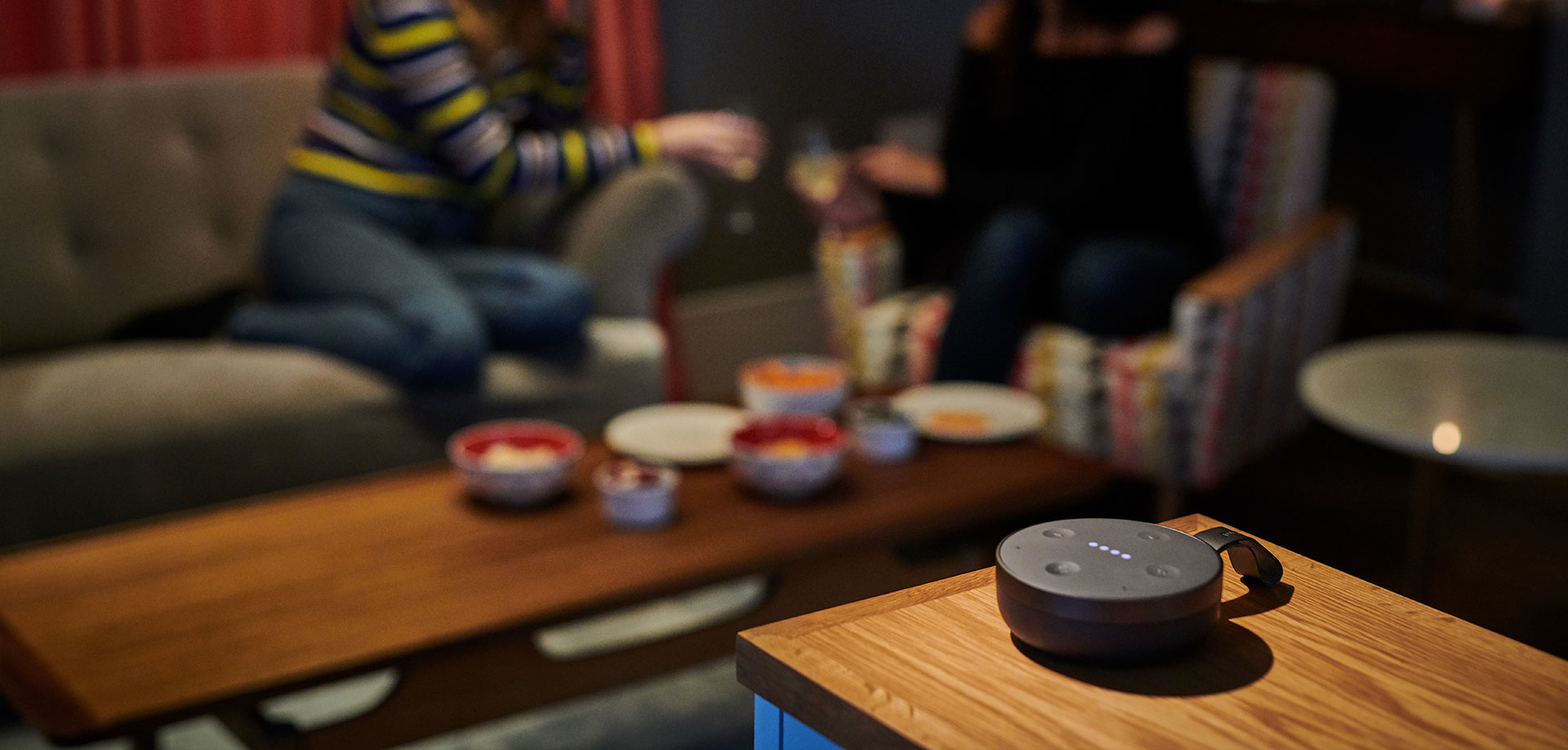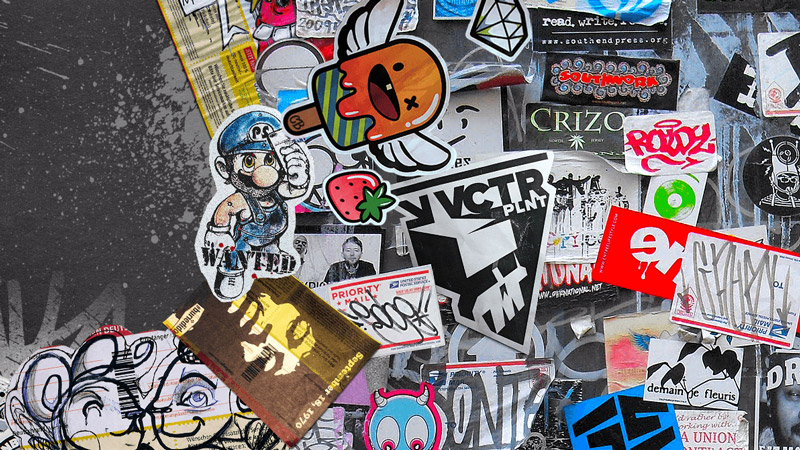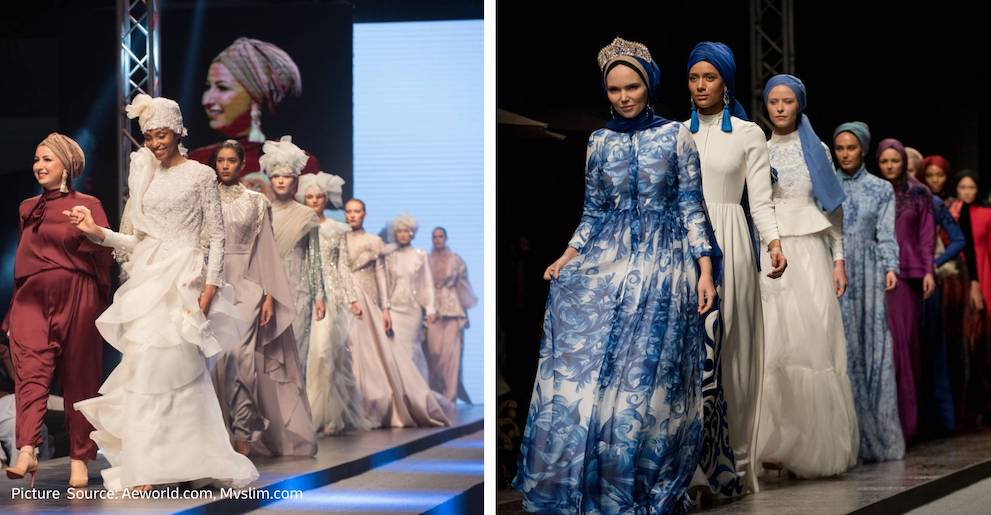
Everything you need to know about the thrift clothes shop
The trend of reselling thrifted clothes is expected to grow globally at a rate three times faster than fast fashion, as reported in thredUP’s 2022 Resale Report and should be worth US$218 billion by 2026. This signals a reshaping of the fashion industry, meaning second-hand clothing is growing in potential, and thrift stores are seeing a resurgence.
In Malaysia, consumers are also increasingly used to e-payments and recognise the rewards of online shopping. As such, consumption patterns with regard to the retail and fashion industry are also changing. More consumers have switched from the conventional brick-and-mortar shop to digital platforms and are more conscious of their purchases, reflecting growing opportunities for the thrifting business. Specifically, environmental and ethical considerations are strong factors for the shift away from fast fashion to thrifting.
Changing global consumer behaviour
Thrifting has evolved from an economic necessity to manage your budget to a mainstream counterculture movement. More traditionally understood as shopping at a thrift store or flea market, thrift shopping has taken second-hand shopping online. This transition to second-hand shopping has experts projecting the U.S. second-hand market to increase by more than double, reaching US$82 billion by 2026, according to thredUP. Online retail is the fastest growing segment of the U.S. second-hand clothing market, and thredUP estimates this sector to account for half of the total sales amount for used clothing by 2024. The revenue from online sales for countries like Malaysia is also expected to grow at a compound annual growth rate (CAGR) of 14.24% from 2023 to 2027, according to Statista.
The change in global consumer behaviour towards shopping is driven by a few factors:
Increased price sensitivity
As inflation rates continue to rise, many consumers experience a fall in purchasing power, making affordability a key selling point of online thrift stores. An emphasis on slow fashion points to more conscious considerations for second-hand clothes that are of good quality and able to last. Not only are the fashion pieces found in online thrift shops cheaper than a brand-new design but buying quality thrift pieces equates to buying fewer outfits over time. These long-term savings make thrifting compelling for many consumers.
For example, mothers are turning to online thrift stores to ease the burden of the cost of clothing for their young children. In fact, nearly two in three consumers plan to spend more on second-hand apparel in the next five years, as revealed by the same thredUP report.
When clothes are put through washing, comfort, and durability tests – those made of quality, sustainable material like Tencel tend to retain their colour and shape after 30 washes. This discovery was made when the material was compared to others like cotton and polyester, as reported in the Talking Point programme. This makes buying such clothes more cost-effective in the long run.
Environmental considerations encourage thrifting
The idea of sustainability has become more pressing, given the imminent climate crisis. What this means in the context of fashion is that sustainability has become more relevant, fuelling the growing popularity of thrifting. Instead of contributing to polluted rivers or a landfill full of textiles, thrifted clothes can be reused by different people to extend their shelf life. Slow fashion also dissuades the purchase of new pieces, decreasing the energy and resources required to sustain a culture of fast fashion. According to a survey by IBM Institute for Business Value (IBV), 51% of consumers are more concerned about environmental sustainability than ever. Meanwhile, 65% of consumers aspire to quit buying fast fashion in the present day, as noted in the thredUP report.
Evolving taste for thrift clothes and behaviour
With e-commerce ballooning, the amount and variety of products online are alluring to the average. At the same time, younger consumers are less loyal to brands, as found in the PwC Customer Loyalty Survey 2022. They desire to discover new clothing brands and unique pieces. These factors contribute to the rise of thrift-flipping or upcycling fashion, a practice where people buy second-hand clothes from thrift stores and tailor them into new and unique pieces that showcase their personality and style more authentically.
How to run a successful second-hand clothing store online
Understand the demographics
According to the 2022 Resale Report by thredUP, thrift shopping is favoured by the younger generation, with 62% of millennials and Gen Zs turning to second-hand stores before buying an item new. Gen Zs are also found to be more motivated to adopt sustainable behaviours than other counterparts, as noted in a Deloitte survey. This subscribes to the ideology of slow fashion, fuelling the growth in demand for thrifting and reselling clothing, and makes these consumers a potentially lucrative demographic for aspiring thrift store owners to focus on.
Besides the popularity among the younger crowd, online marketplaces also account for a significant portion of the thrift clothing industry’s growth. This is attributed to a shift to digital platforms and online businesses largely driven by the younger generations, who are more tech-savvy and price-sensitive, and the increasing ease of shopping online. Thus, leveraging digital marketing tools and social media platforms popular among the younger crowd, such as Instagram and TikTok, can help thrift shops reach these younger customers and create strong branding.
Understand their thrifting behaviour
For Gen Zs, thrifting is a lifestyle. Thrifting symbolises their desire to be independent, to save the planet, to save money and make money. And they want to do it all while ensuring that their outfit looks fashionable and is purchased at a bargain. Additionally, Millennials and Gen Zs are willing to try new clothing brands if they think they can trust the brand to help them save the world and provide a smooth shopping experience. Therefore, to start a successful online second-hand store, businesses should aim to align their branding with the target audience’s values.
Aspiring thrift shop owners can research what is popular among these consumers before curating affordable, unique outfits and marketing content that cater to the sensibilities of their target demographic. To bolster company branding, awareness and credibility among the younger crowd, aspiring thrift store owners can partner with trusted key opinion leaders for digital campaigns. Business owners may also want to ensure that their websites are user and search engine optimised so that their customers can have a seamless shopping experience that encourages future repurchases.
Understand your market

According to Wunderman Thompson’s Future Shopper Report 2022, 57% of international purchases are made online, with 62% of shoppers intending to increase their use of the new shopping channels. Among the countries, China, the U.S., Britain, Japan and South Korea account for the largest share in the e-commerce market, as reported by Shopify. Consumers across countries generally are driven by different purposes and values when trying a new brand. Thus, marketing messages should be tailored to each market, and your marketing efforts should be supported by an efficient omni-channel distribution strategy. Additionally, as speed is of essence to four in five global consumers, ensuring that your international thrift clothes deliveries are correct and quick will help increase customer satisfaction and loyalty.
Support a lucrative online thrift store in Malaysia
The value of the apparel and clothing market in Malaysia was approximately US$4.65 billion in 2022, as quoted by Statista. Based on separate insights provided by Statista, the apparel market is also expected to grow at a CAGR of 5.79% from 2023 to 2027. As such, riding the wave of slow fashion can be lucrative for aspiring entrepreneurs. Nonetheless, with the growing interest in the general second-hand market, other less explored segments like home decor, furniture, books, and toys may also present unexpectedly profitable opportunities that can be explored. Regardless of your product, online shopping is here to stay. Thus, your thrifting business will benefit greatly from working with an experienced global 3PL logistics partner that provides innovative and sustainable solutions to your needs.
Given the customer profile of the younger generation of shoppers, your logistics partner in Malaysia should be able to provide order fulfilment and international shipping solutions to meet your customer service expectations. Each step of the order fulfilment process, such as customs clearance, freight, last-mile delivery, facilitating cash on delivery payments, or sustainable packaging, is crucial. They help define a trustworthy thrift shop brand image and shape a seamless online shopping experience. A sustainable and efficient fulfilment solution will resonate with a younger target audience who prioritise convenience and sustainability for online apparel purchases.
